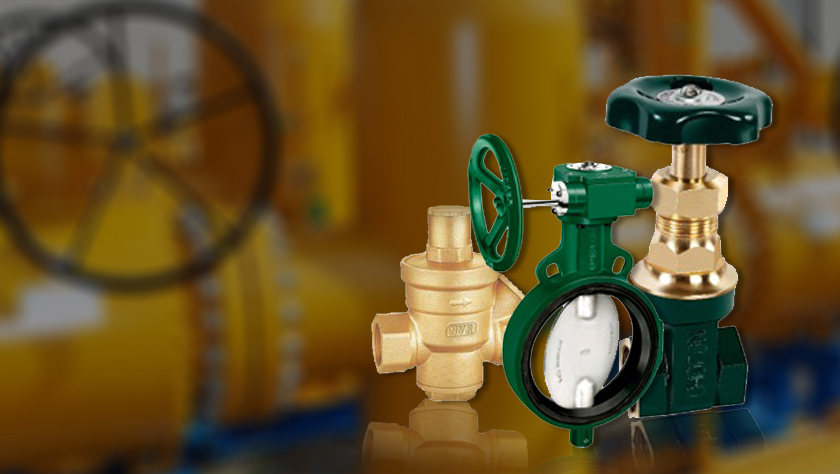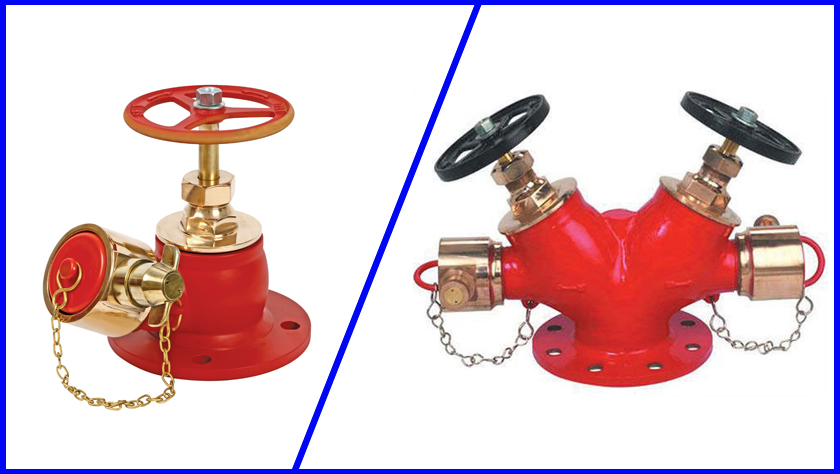In a piping system, valves play a very important role. They are the most essential components of the oil and gas industry and are used in various purposes. In upstream, midstream and downstream, valves are used for controlling the flow, protecting the equipment and refining of crude oil respectively. In this post, we shall discuss the types of valves used in the gas and oil industry.
Following are the most common types of valves used in the gas and oil industry:
-
Control Valves:
As it is clear from the name that control valves are used to control the flow Based on the process conditions. A control valve is termed as a final control element in automatic control terminology. There are two main parts of control valve i.e. the sliding stem and the rotary action.
-
Bellow Seal Valve:
Bellow seal valve is a kind of control valve which is used in balancing the pressure of the fluid. For pipelines of steam and flammable, explosive media, bellow seal valve is the perfect solution. By adopting the structure with bellows, it helps in avoiding the leakage of the valve stem. It is very secure and prevents the loss of fluids. It has a very long operating life with minimum operating cost. The structure of bellow seal valve is durable which helps in preventing leakage.
-
Butterfly Valves:
Butterfly valve is used to stop, regulate and start the flow. It has a very vast use in oil and gas industry. It is a quarter- turn rotary motion valve which means that rotating the handle of the valve at 90° can completely close or start it.
-
Cryogenic Valves:
Cryogenic valves are used in very cold applications. Most oil and gas industries use cryogenic temperature range starting at -238° F i.e. -150° . Cryogenic valve has a very keen ability to function in both low (-320° F) as well as high (750 psi) temperature.
-
Gate Valves:
A gate valve is also known as sluice valve and it is mostly used for both above- ground and underground installation. It performs it operation doing a clockwise to close CTC or clockwise to open CTO rotating motion of the stem. Gate valves are also used when minimum pressure loss and a free bore is needed.
-
Globe Valves:
Globe valves are used for regulating the flow in the pipeline and for throttling flow control. There is a flow direction arrow marked on the valve body and it must be installed according to it. Pressure classes of globe valve include 150 through 1500.
-
Pressure Reducing Valves:
As the name tells, pressure reducing valves reduce the pressure of a fluid. It controls the downstream pressure or outlet of the fluid. It is an open, 2 ways valve which ensures the pressure of the fluid until the desired pressure is reached downstream.
These valves are used in many different appliances, systems, and common items inside the house, industries. Industrial valves are of various types such as Gate Valves, Globe Valves, Ball Valves, Butterfly Valves, Check Valves, Pressure Valves, and Diaphragm Valves, etc. SKG Pneumatics Inc, are leading suppliers of Industrial Valves and Equipment, based in Delhi. They are offering a quality range of industrial valves & all types of fire safety products.











 FSC
FSC